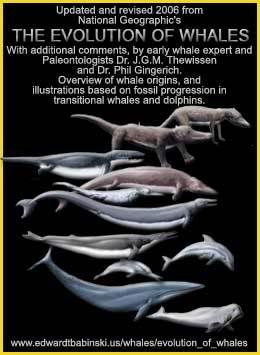 Today's lesson focused on the origin of life. To understand the origin of life we must first understand what life is defined as.
Today's lesson focused on the origin of life. To understand the origin of life we must first understand what life is defined as.---- Abiotic Synthesis: In 1920 Oparin and Haldane proposed the reducing atmosphere hypothesis in which life originated in an environment that contained less than 1% oxygen and the majority of the atmosphere contained Carbon dioxide. In 1953, Miller and Urey found a way to test this hypothesis: an apparatus. This apparatus simulated early earth environments of which it was believed life formed from. The experiment resulted in that organic compounds such as amino acids, simple sugars, and nucleotides such as adenine (the building blocks of life) were formed. A diagram of this could be seen below:

Origin of Cells:


-Oxidized the atmosphere. They made aerobic respiration possible.
Eukaryotes: A single-celled or multi cellular organism whose cells contain a distinct membrane-bound nucleus. Developed by enfolding plasma membranes into and around the center going form an oval to a spherical circular. Provided internal micro-environments. The DNA was protected now in the nucleus.
Endosymbiosis: A mutually beneficial relationship in which one organism lives inside the other. This theory, developed by Lynn Margulis, is supported by structures found in modern cells such as mitochondria and chloroplasts that resemble bacterial structure, have their own DNA as does bacteria, move freely within the cell, and reproduce independently from the cell thus giving the illusion that they are separate organisms.
Evolution of Eukaryotes: Mitochondria and Chloroplasts
Mitochondria - cell engulfed aerobic bacteria but did not digest them. Provided a mutual-beneficial relationship.
Chloroplasts - Cell engulfed photosynthetic bacteria but does not digest them. Provided a mutual-beneficial relationship.
Which came first the RNA or the DNA?
RNA is most likely the first genetic material produced in that it has more functions in a cell. It codes information: self replicating, makes inheritance possible, allows for natural selection and evolution. Enzyme functions: robozymes and replication.
Classifying Life
 Five Kindoms:
Five Kindoms:Monera
Protista
Plantae
Fungi
Animalia
Three Domains ("Super Kingdoms"):
Bacteria
Archaea - (extremophiles-live in extreme enviornments)
Eukarya - Protists, fungi, plants, animals
1942 Fantasia: The Rite of Spring - Part 2: Evolution
This is just a few cartoons put together with evolution parodys. Dilbert, Family Guy, and Simpsons are on it (its the same Simpsons on Kim's post, but the others are pretty good).
-- Shannah
oh and the next sherpa is ............. Maria















 Also during class today we discussed phenotypes and genotypes. Phenotype is the physical appearance, anatomy, while genotype is the genetic make-up of an organism. The genotype controls the phenotype of an organism.
Also during class today we discussed phenotypes and genotypes. Phenotype is the physical appearance, anatomy, while genotype is the genetic make-up of an organism. The genotype controls the phenotype of an organism. We also discussed how alleles (genotype) determine the color or physical appearance (phenotype) in the power point on straw fish. In the example, two blue alleles means the fish would be blue, two yellow alleles means the fish would be yellow, and one blue allele and one yellow allele means the fish would be green. The powerpoint on the straw fish shows how natural selection is based on the phenotype which changes the frequency of alleles. With the example given during class, the predator ate most of the yellow fish because they did not blend in easily, natural selection, which affected the allele frequency because with the yellow fish gone there are less yellow alleles. Remember, even though the frequency may change, in this case yellow decreased and blue increased, the total remains the same.
We also discussed how alleles (genotype) determine the color or physical appearance (phenotype) in the power point on straw fish. In the example, two blue alleles means the fish would be blue, two yellow alleles means the fish would be yellow, and one blue allele and one yellow allele means the fish would be green. The powerpoint on the straw fish shows how natural selection is based on the phenotype which changes the frequency of alleles. With the example given during class, the predator ate most of the yellow fish because they did not blend in easily, natural selection, which affected the allele frequency because with the yellow fish gone there are less yellow alleles. Remember, even though the frequency may change, in this case yellow decreased and blue increased, the total remains the same.








